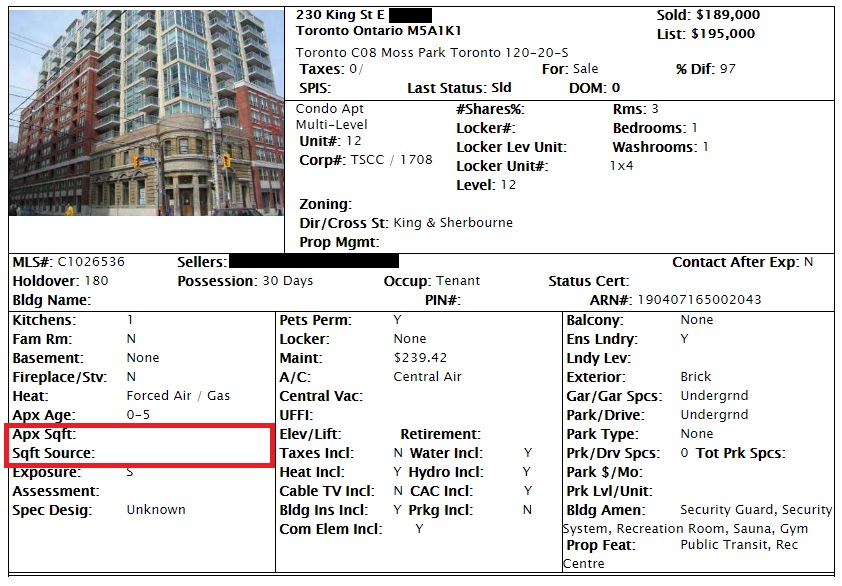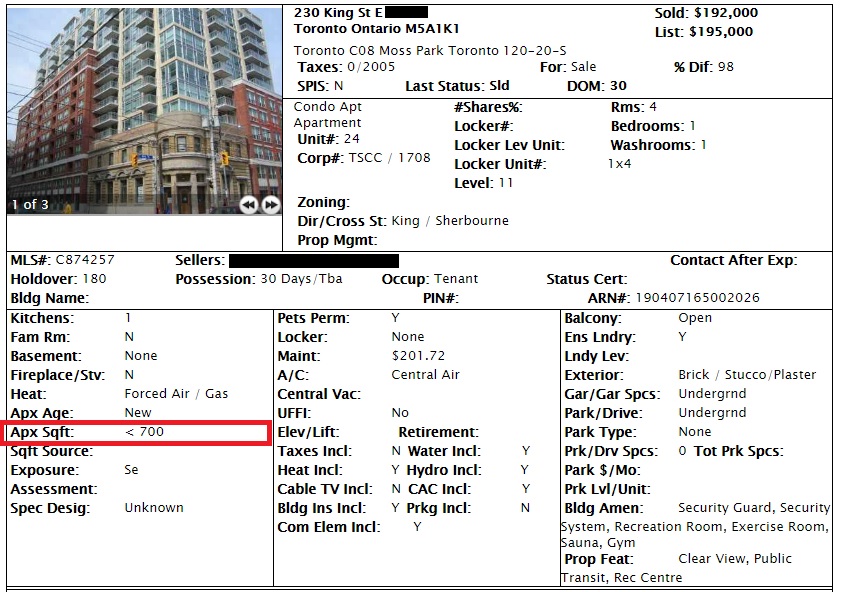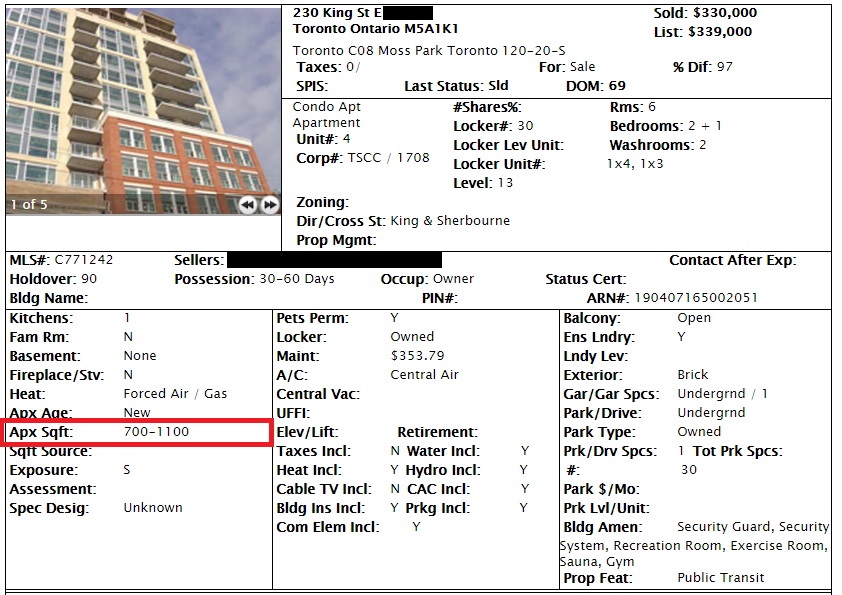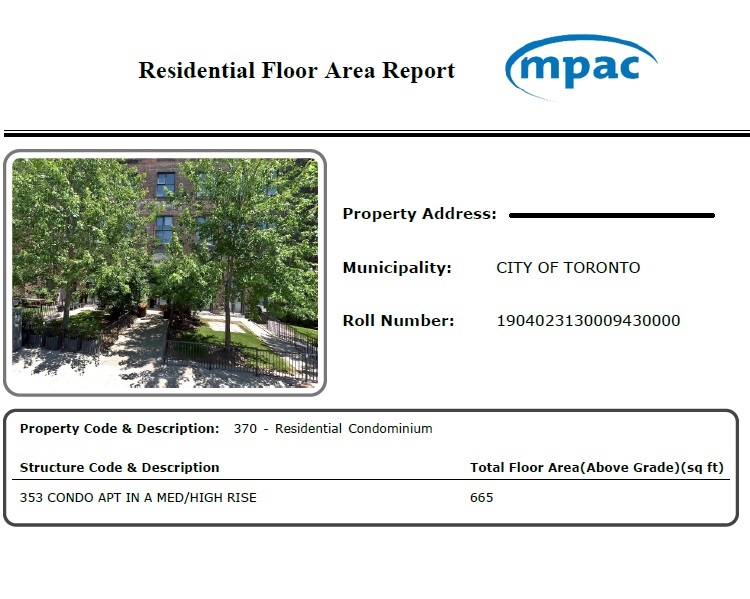…oh, the difference it would make!
I’m not sure which of the following better describes today’s blog post:
a) Opening a can of worms.
b) Opening Pandora’s box.
I’d like to think it’s the former, but when dealing with the topic of organized real estate and the governance therein, you just never know where the conversation is going to take you…

The concept along is just a fool’s errand, right?
Try to pick one thing about MLS that you could change.
One could literally lose their mind trying to narrow down from a list of six-hundred-something…
MLS is not perfect; far from it, in fact. What started as an absolutely ingenious invention, has now basically allowed modern technology to pass it by, through inactivity, indecision, and dare I say – fear of change.
I’m not here today to delve into a conversation about MLS and its ongoing legal battles, however. I simply want to take MLS as given, and discuss the one thing that bothers me the most about it, and the one thing I could change.
There are a lot of features we could add to MLS that would incorporate, that would provide a better user experience. That’s a whole other topic!
But there are so many changes we could implement on MLS, right now, virtually at the push of the button, that would immediately offer consumers, as well as agents, more information.
Case in point, when uploading “attachments” to MLS (ie. schedules, floor plans, surveys, financials, etc), we are capped at a mere 750 KB.
Why?
I mean, I understand the cap itself. TREB has thousands of listings, and I’m sure they can’t allow everybody to upload 1 gigabyte videos.
But why 750 KB? That’s such an insanely-small file size in 2018.
You can take a photo with your iPhone, and it’ll be 3 MB.
I know the attachments aren’t for photos; they’re for documents. But a high-resolution scan of a new survey for a freehold property could be 10 MB. Instead, we take the file, shrink it, reduce the quality, and offer that to people instead.
What the hell is the point of this?
Ask any member of TREB why we couldn’t increase the allowable uploads for attachments from 750 KB to 3MB, tomorrow, and you probably wouldn’t get a straight answer.
In my experience with TREB, they are very slow to implement change.
I served on exactly one committee at the Toronto Real Estate Board, and it was back in 2009-2010, I believe. It was called the “Ad Hoc Condo Committee,” or some such nonsense. Our mandate was to “provide recommendations to TREB,” which by description alone, tells you how little power we had.
Week after week, we’d meet, discuss problems, find solutions, and propose changes.
And all the while, there was no guarantee (or probability, in my opinion…) that those changes would be reviewed, adopted, and implemented by TREB.
When I was on the Condo Committee, the one thing that bothered me the most was how “square footage” was treated on listings for condos.
Back in 2010, the square footage “field” on MLS was not a mandatory field.
Imagine that, eh?
Imagine selling a condo, and not being required to say how large it was.
It boggles the mind.
Here’s a listing from 2006, and you can clearly see there is no requirement to fill in the “Sqft Range” field:

That’s right, just leave it blank!
Who cares how many square feet a condo is, right?
We know it has one bedroom, one bathroom, and beyond that, everything is basically the same…
My other issue with the square footage situation on MLS was that the ranges were too broad!
The old ranges were absurd.
Have a look at the following two listings, also from 2006:

–

Wow!
One of the ranges was actually less than 700 sqft.
It’s like they grouped everything under 700 square feet together; no difference, nothing to see here, folks!
And as you climbed the ladder, it didn’t get much better.
700 – 1100 was a field. Think of how absurd that was! With condo prices around $800/sqft in the downtown core today, imagine not being able to narrow the search by any more than 400 square feet.
I believe the next field was 1100 – 1500, then 1500 – 2000, and I can’t recall after that.
I’m happy to say, and actually rather proud to report, that I spearheaded the change to this nonsense back in 2009, and we did bring about two important changes to MLS:
1) The square footage range became mandatory.
2) The square footage ranges were narrowed.
The fields as they stand today are:
0-499
500-599
600-699
700-799
800-899
900-999
1000-1199
1200-1399
1400-1599
1600-1799
1800-1999
2000-2249
2250-2499
2500-2749
2750-2999
3000-3249
3250-3499
3500-3749
3750-3999
4000-4249
4250-4499
4500-4749
4750-4999
5000+
But there was one more change I tried to bring about almost a decade ago, that was met with resistance: making EXACT square footage mandatory.
To me, it was a no-brainer. Why not make it mandatory?
Making the “range” field mandatory, and shrinking the ranges themselves, merely represented a good start.
But why stop there?
I failed to understand why we never required an exact number to begin with.
The argument, of course, is a legal one.
What constitutes exact square footage? Who’s the source? What liabilities are associated? What if there’s a discrepancy? And so on.
At the time, I fully understood why TREB didn’t go for the idea, and I support their decision.
But today, in 2018, I think it’s time we address this.
The concept of not having exact square footage on MLS is comical, if you compare it to other products or services.
Imagine buying a used car, but not knowing how many KM are on it?
Would you buy a “box” of donuts, not knowing if there were six, or two-dozen?
Shouldn’t we, as Realtors, hold ourselves to a higher standard than saying a condo is “600-699” square feet?
The solution, in my mind, is simple, and it comes from our trusted friends at the Municipal Property Assessment Corporation.
MPAC has a database of essentially every condo in the city, and they have what’s called a “Residential Floor Area Report” for each unit.
MPAC is obviously in business to make money, and thus they offer this report to us at a fee of $5.00+HST, for each unit.
Having just done my 2017 taxes last week, I can tell you that I pulled 167 MPAC reports last year, at a cost of $943.55. Those reports were both for my own listings, as well as for properties I was looking at for buyers. And sometimes, when you just really need to know the square footage of a property (often it was for a Comparative Market Analysis for a prospective seller; looking up other comparable units in their building), you just splurge and spend the five bucks.
Here’s what your typical MPAC report looks like:

I’ve deleted the address, obviously, but you get the picture.
If this is available for virtually every condominium unit in the city, then why doesn’t TREB either make the exact square footage mandatory, and encourage Realtors to spend the whopping $5.00, or, maybe, just maybe, negotiate with MPAC directly for a package deal.
I don’t know what it would cost, or how a deal would look, but it’s too easy to ignore.
And the alternative – continuing to list condos for sale without exact square footage, is simply not an option in 2018.
I understand the liabilities, and I know that if MPAC says a unit is 885 square feet, and the original builder’s plan says the unit is 895 square feet, a discrepancy, and potential dispute, could arise.
But even if a discrepancy existed, at least you’d know what MPAC says. I’m sure some legalese could take care of the liability, and then we’d have a level playing field, across the board. Every unit on MLS has an exact square footage, from the same source.
For a closer look at the current ridiculous of the square footage field on MLS, and how it’s bastardized, read my 2012 blog post: “Square Footage Remarks on MLS.”
Instead of making up nonsense for the “source” of the square footage (as you’ll see in the blog post), like “seller,” or “measurements,” or even just an “XX” that avoids addressing the field altogether, maybe using MPAC as the source for all listings, and having the square footage sourced from the same place for every listing, makes sense.
For what its worth, when I list a condominium for sale, I upload the MPAC report as an attachment so buyer agents have not only an exact square footage, but also a source. It helps their buyers make an informed decision, and it costs me five goddam dollars.
I don’t know why all agents aren’t doing this.
But if I was at the helm of TREB for one day, or if I had the ability to wave a magic wand and change just one thing about the current MLS system, there’s no question – this would be it…































Appraiser
at 6:39 am
I couldn’t agree more. The exact square footage should be included in every listing.
Marina
at 9:53 am
There is no reason for square footage to not be included, for condos or houses. Just cite the source! MPAC, insurance documents, property tax assessment, builder plans, etc – cite and cover, and give buyers some much needed info.
Real estate millennial
at 10:01 am
This a Toronto board problem when I log onto Hamilton and the niagara region 80% of listing have the square footage from mpac. The appraiser group discount for Mpac is $3 per report I’m pretty sure Treb could do better. I agree whole heartedly it’s one of the biggest irritants not having square footage listed.
Francesca
at 12:53 pm
Vancouver and Montreal listings on MLS almost all have sq footage too. Not sure if it’s mandated by their provinces but I agree wholeheartedly that sq footage should always be included and should not include balconies or outdoor space as per others comments today. It’s important to know not only for apartments but for houses too to really know whether a house is listed at the right price based on comparables in the area. Layout can really make or break small sq footage so a floorplan included in the listing is always a bonus too I find.
Joel
at 10:15 am
I find it very annoying that property taxes are no longer displayed to the user. This should be added back and mandatory along with square footage.
Kyle
at 10:15 am
When i bought my first home in 2003, i recall virtually every listing back then would leave out the property address (when viewed through the public mls). They would however often include Postal code, which one could reverse lookup an address range from and then use Google Street view to identify where the house actually was. But man that was painful. It wasn’t until about 2007 when addresses started showing up more regularly on the public mls listings.
Condodweller
at 10:29 am
Agreed exact size should be a given. Aside from that I have two other pet peeves. 1. When the size is listed in the comments and the balcony is included. I often do price comparisons between units and sometimes the price per sqft doesn’t make any sense until I realize the balcony was included. 2. For condos with living/dining rooms, the dimensions are listed twice, once for each room even though it’s a single combined space.
Finally, it would be nice to see floor plans included as well. Many condo listings include one as one of the photos but it should be mandatory as well.
Tina
at 10:33 am
locatehomes.ca is the greatest real estate site for ease of use. It lists square footage too! It used to be called ecorealty. My son developed it and it is so user friendly, unlike MLS and other real estate sites.
CB
at 10:45 am
This is crazy. In the US the square footage is listed, often with a proviso that it comes from tax documents, or the owner. At least you can then figure out what you are paying for. Don’t even get me started about not being able to look up sales figures on the Internet. I swear, it’s the most important way I can gauge the market value of a property, before I buy in the US.
Ellen Boyce
at 1:11 pm
Interesting.
anonymous
at 1:28 pm
and I think the annual property tax is more important than the exact square footage. more helpful in figuring out your financials, but that’s me 🙂
Not Harold
at 3:44 pm
Thing is that the sale will change MPAC’s data so last year’s tax won’t be your rate in a year or two.
Realtors should just tell their clients what the mill rate is (and the typical sale price to MPAC assessment discount) and based on their offer they should expect to pay X.
Sardonic Lizard
at 1:52 pm
>> Ask any member of TREB why we couldn’t increase the allowable uploads for attachments from 750 KB to 3MB, tomorrow, and you probably wouldn’t get a straight answer.
Doing so would increase digital storage needs by three times, which increases overall costs. Would TREB be willing to pay for that on their own or pass the cost to its members?
>> Shouldn’t we, as Realtors, hold ourselves to a higher standard…
Absolutely, considering your clients will arguably be making the most important purchase and/or sale of their lives.
Not Harold
at 3:42 pm
Lizard you’re forgetting/not aware that storage is nearly free these days.
There were 92,394 sales in Toronto last year, down from 113,040 in 2016.
Let’s look at three orders of magnitude – 10MB per listing (looks close to today’s listings size), 100MB, and 1GB.
That gives 1.1 TB, 11.3TB, and 113TB of storage requirements for a year’s worth of listings (they’re not stored for the entire year but we’re being pessimistic).
Amazon’s price for the Canadian datacenter is $0.025 per GB per month for less than 50TB and $0.024 for the next 450TB.
This gives a storage cost of $339.12, $3,391.20, and $33,912.00 for the three options so that you can store all attachments for a year’s worth of listings for an entire year.
Treb charges $895 a year for 49,000 realtors in Toronto. Spending less than a buck per year per realtor to improve how all of them run every single freaking transaction is a no brainer.
There’s no need to store attachments when a listing goes inactive, so this estimate is incredibly pessimistic. Giving everyone 1GB and assuming a storage life of 30 days (more than enough for all but the worst properties/most incalcitrant sellers) you’re looking at $2826 in annual storage costs.
You could probably convince David alone (never mind Elise, Jimmy, Rob Greenberg…) to pay TREB $3k a year to fix this thing.
Getting TREB to make a smart decision… may actually be impossible. But it’s not for any legitimate cost challenge.
Sardonic Lizard
at 4:08 pm
>> Getting TREB to make a smart decision… may actually be impossible.
Therein lies the rub.
Helen Robertson-Scott
at 8:39 pm
Why is there such discrimination preventing someone from buying a home or condo ? 2and a half years ago an offer was accepted. But 1 day later the offer was withdrawn supposedly for better offer. not very professional.. I